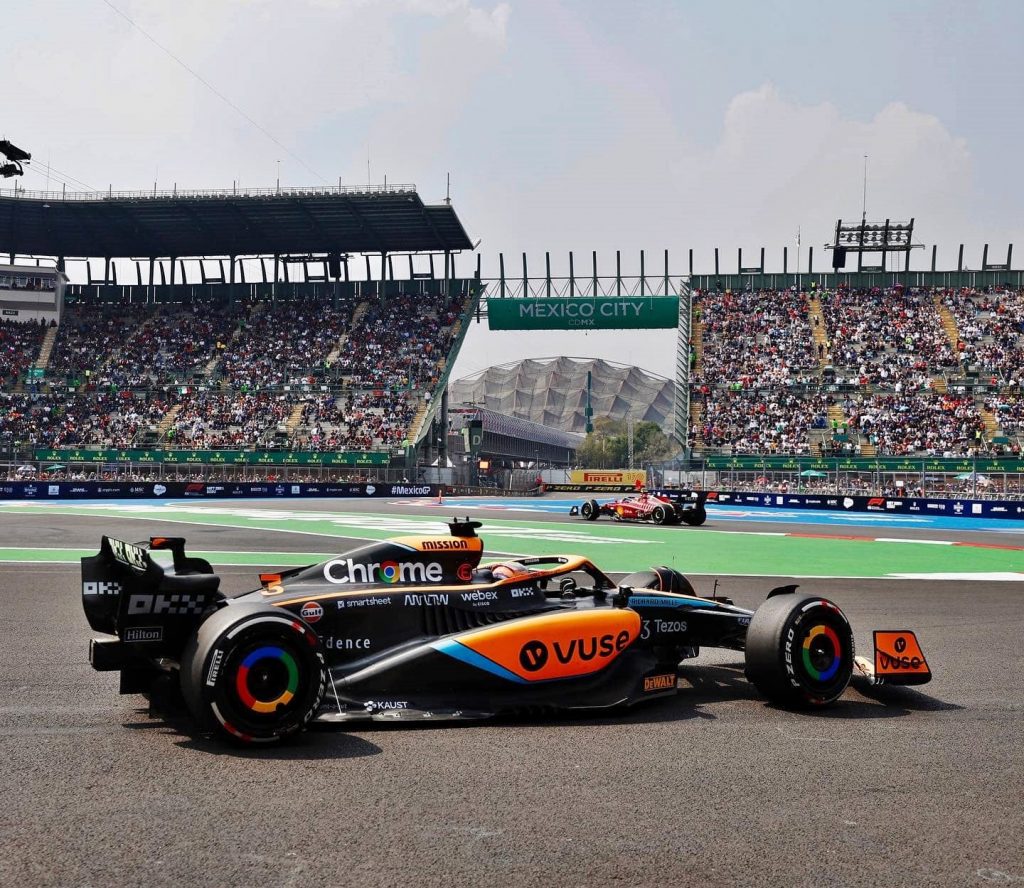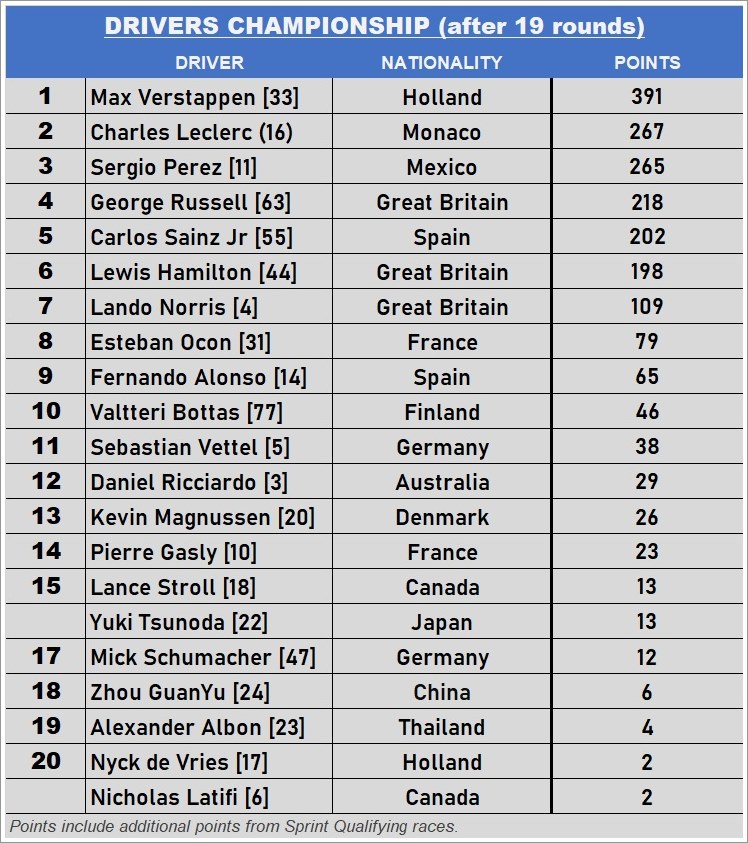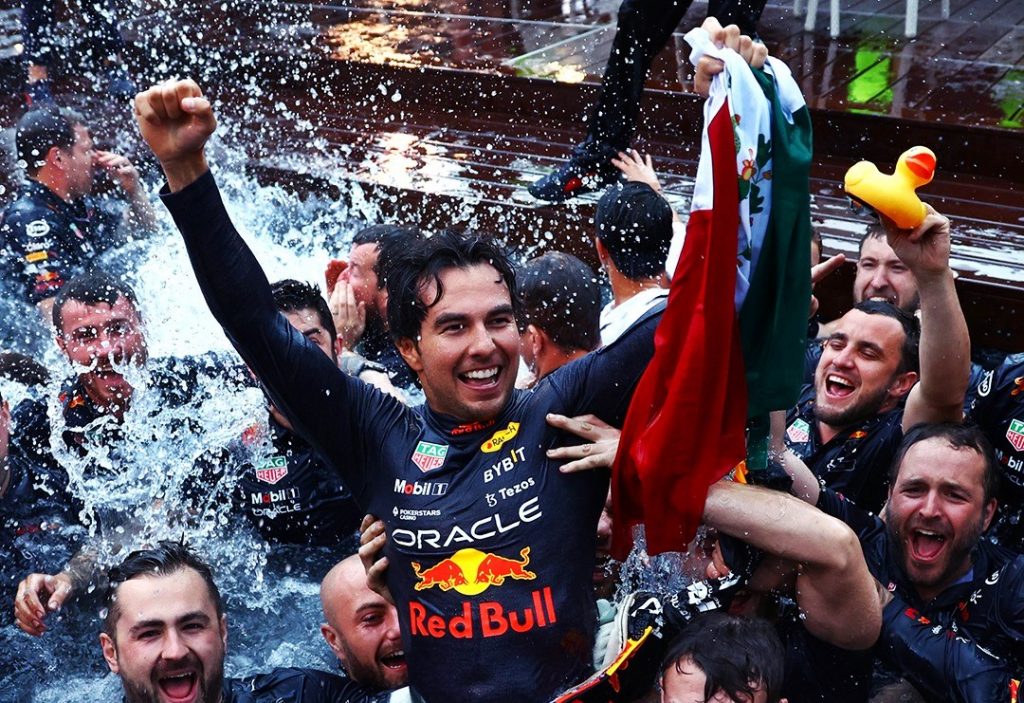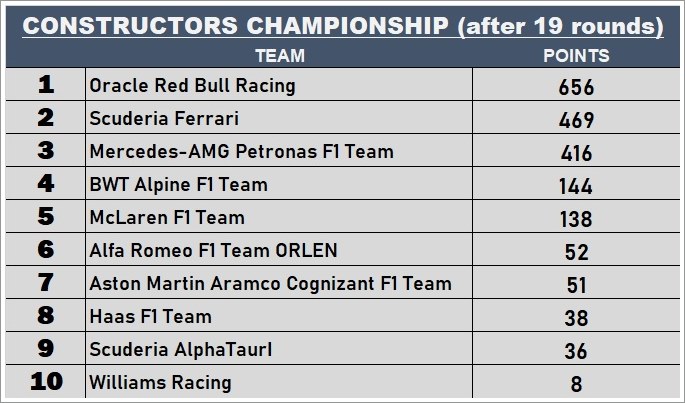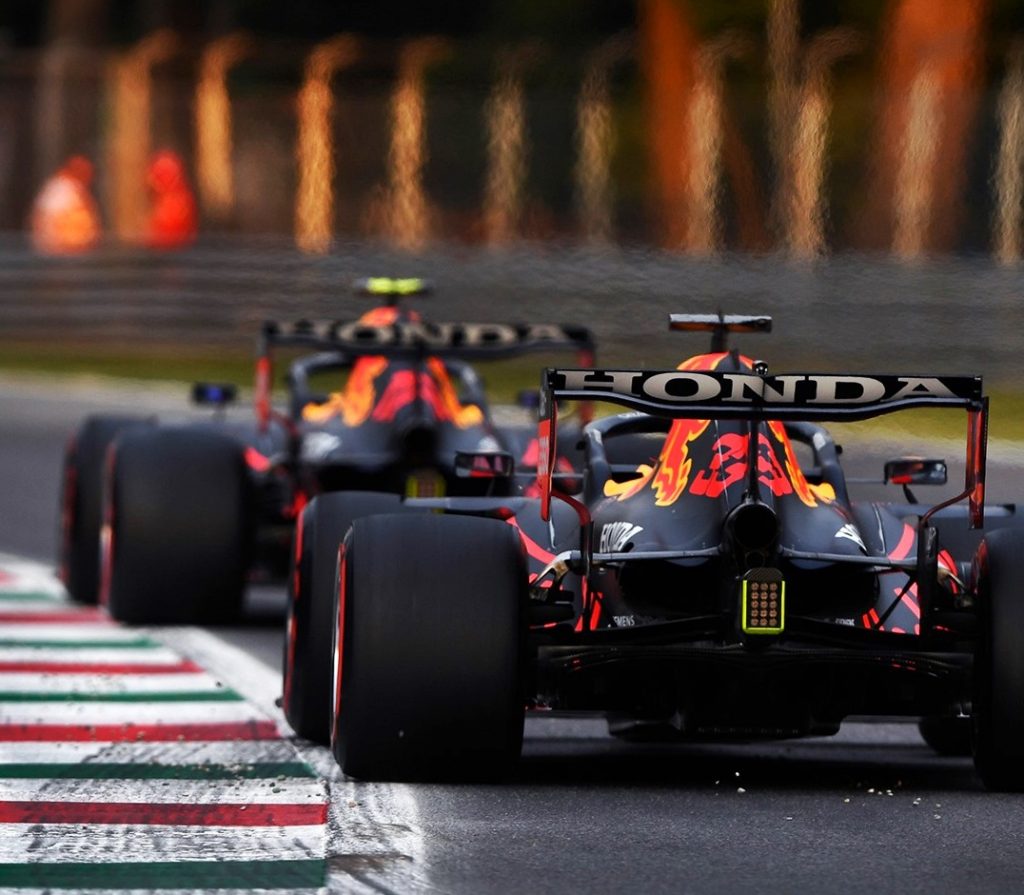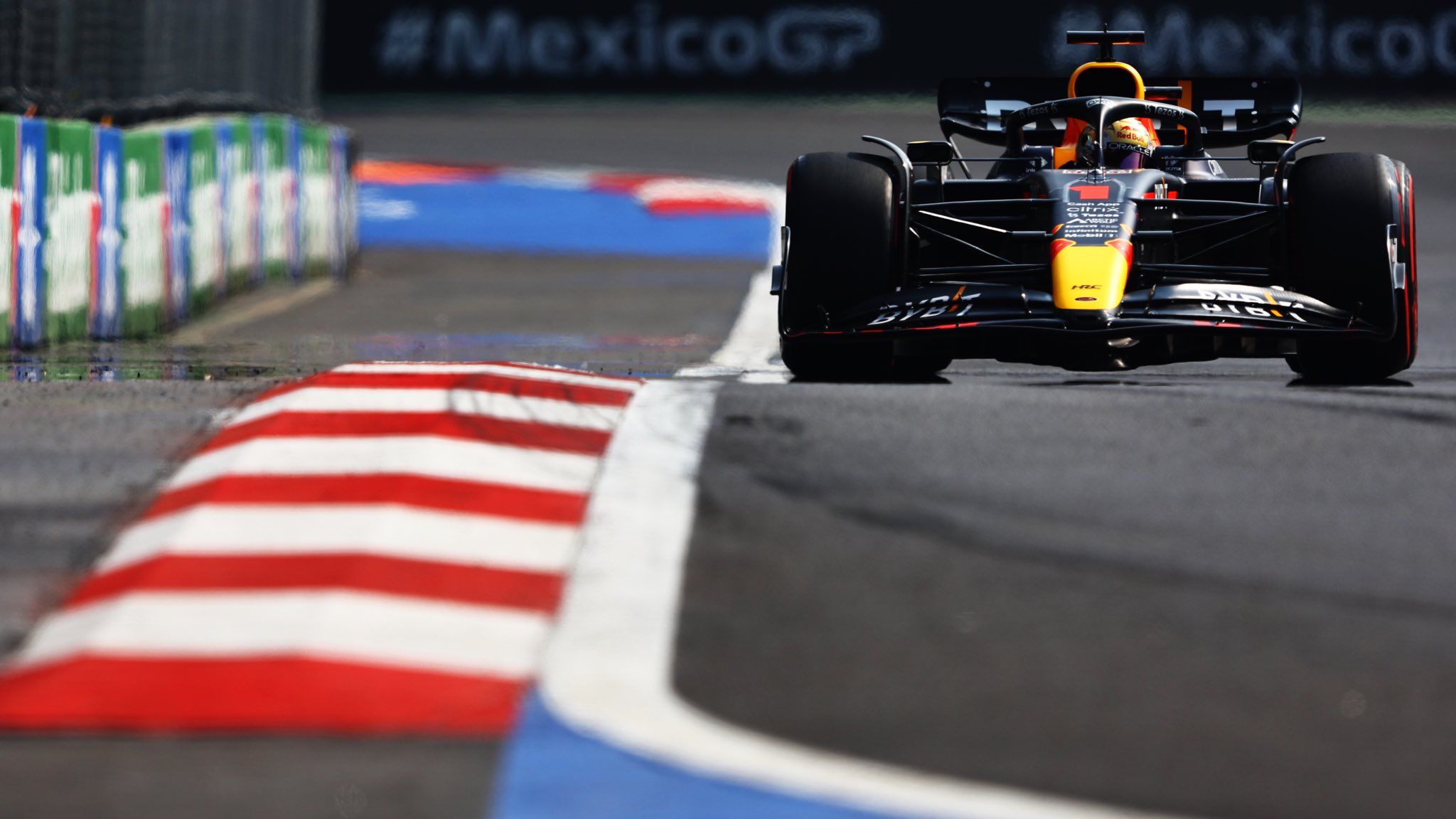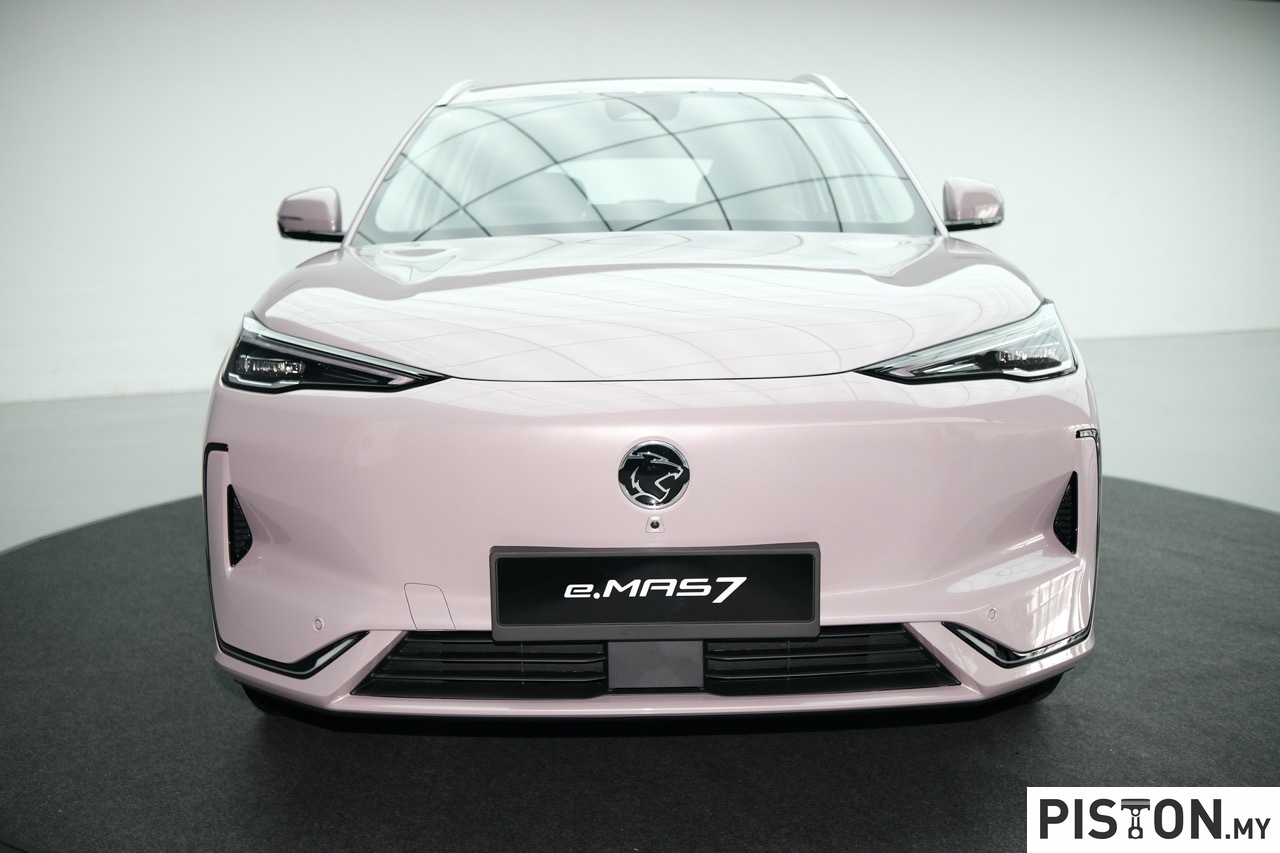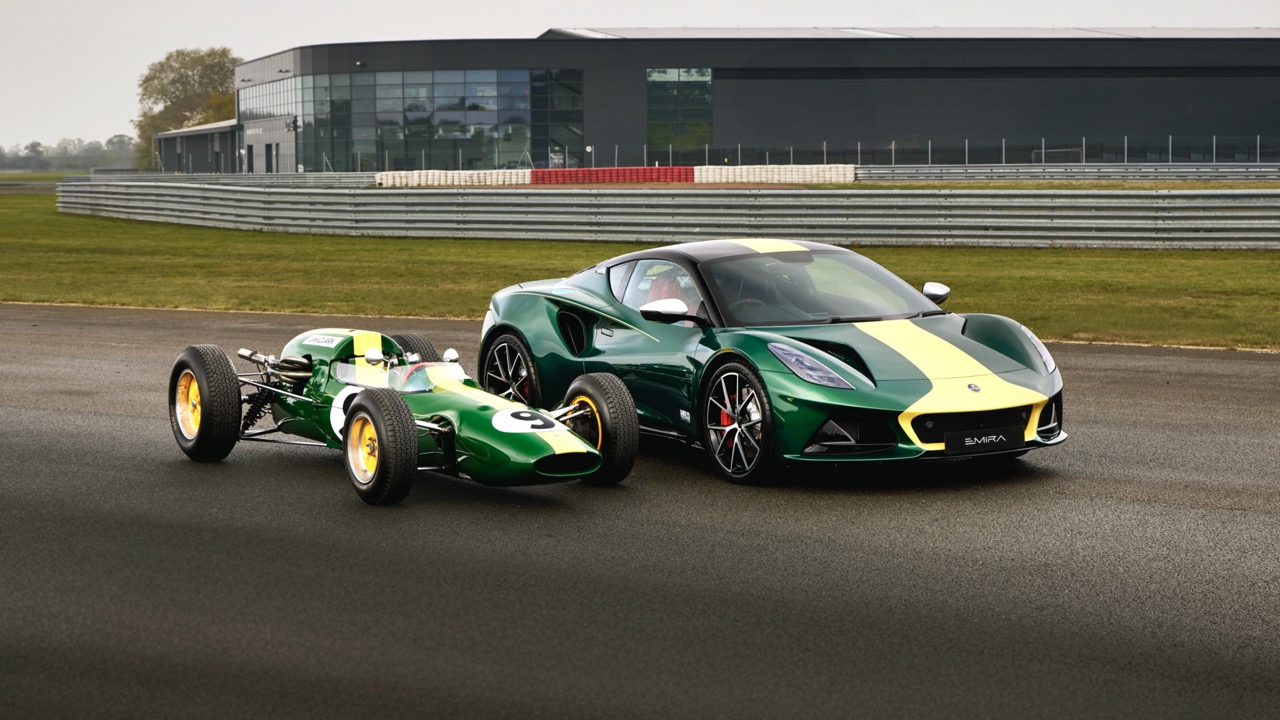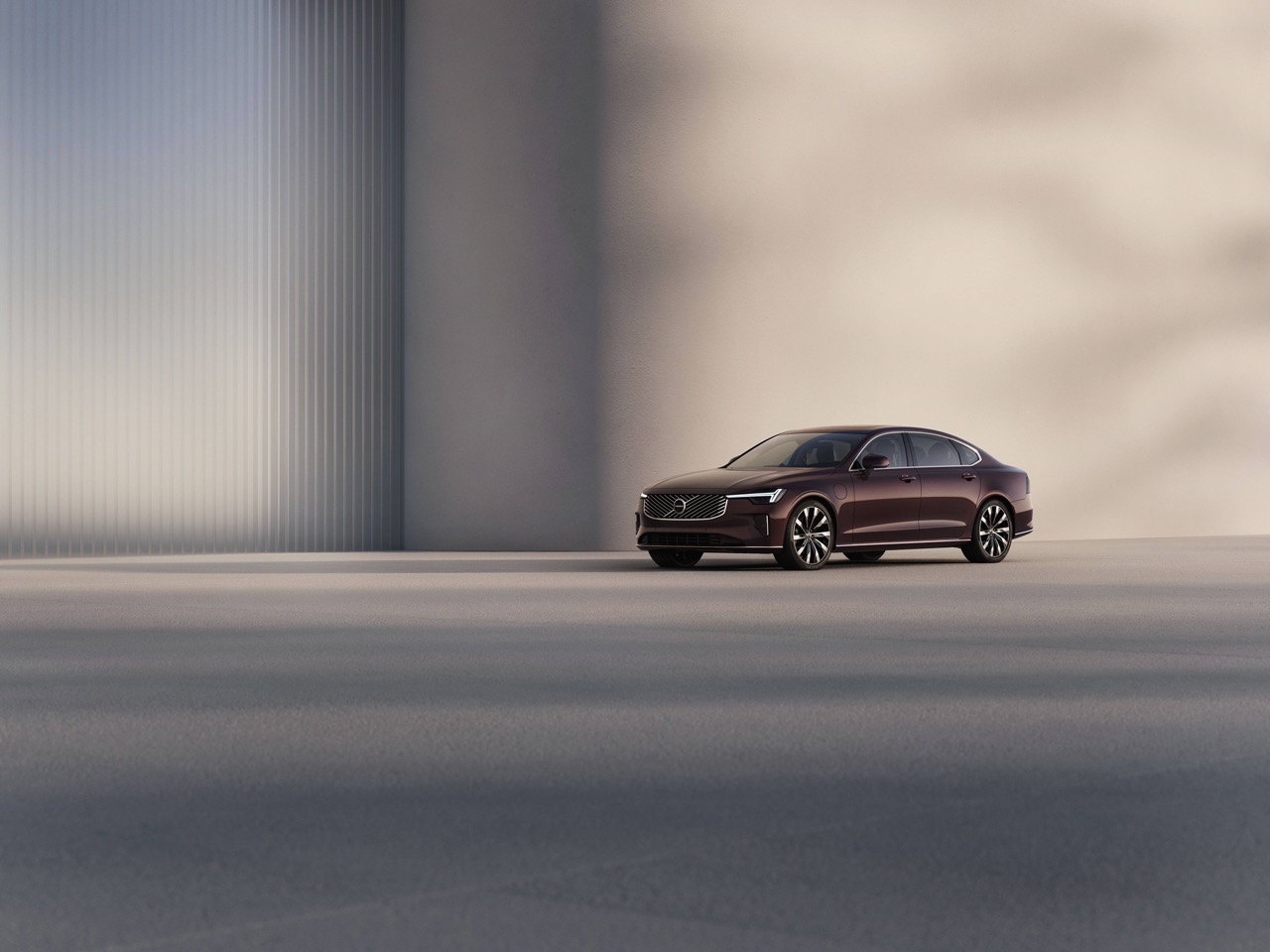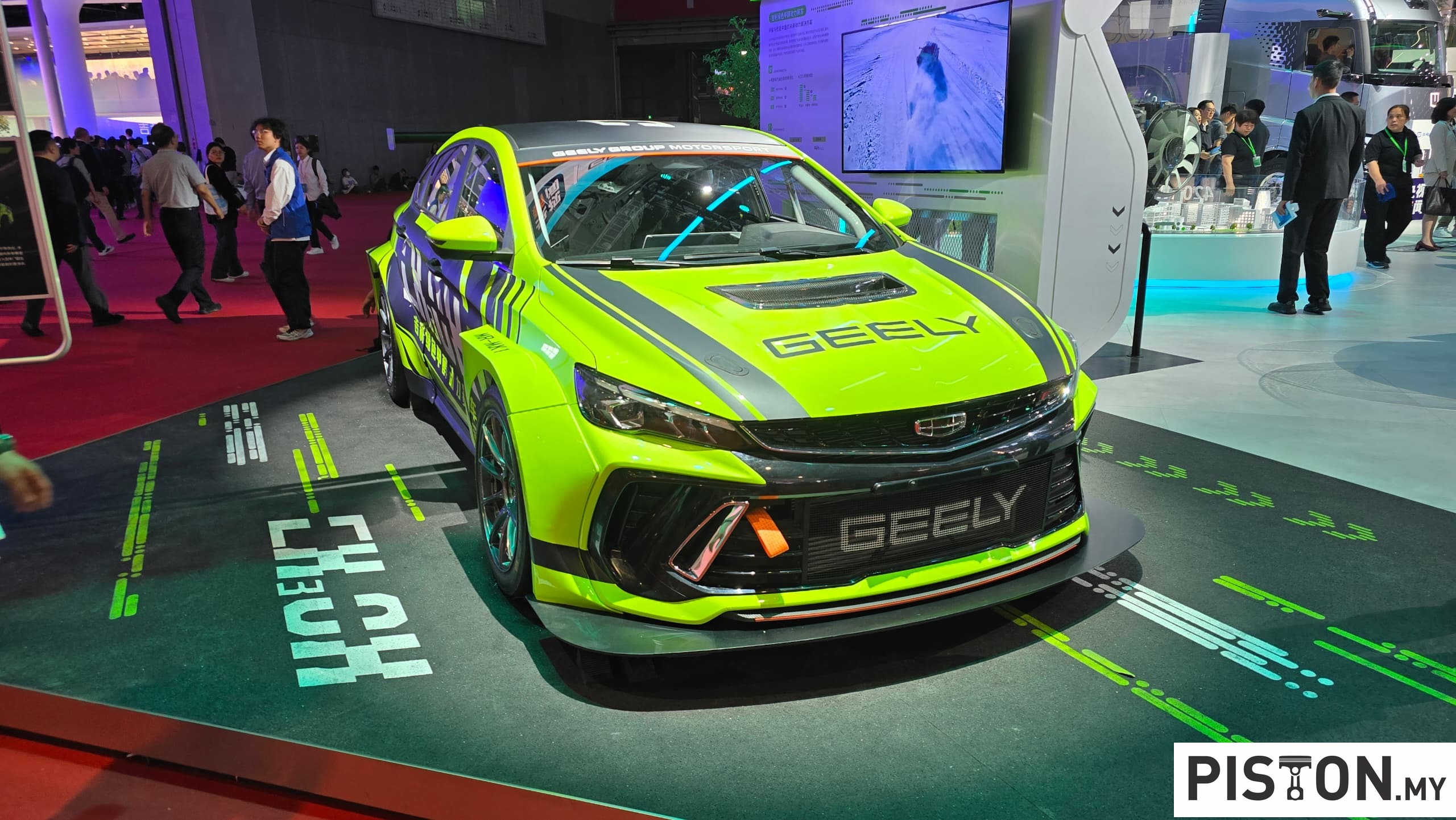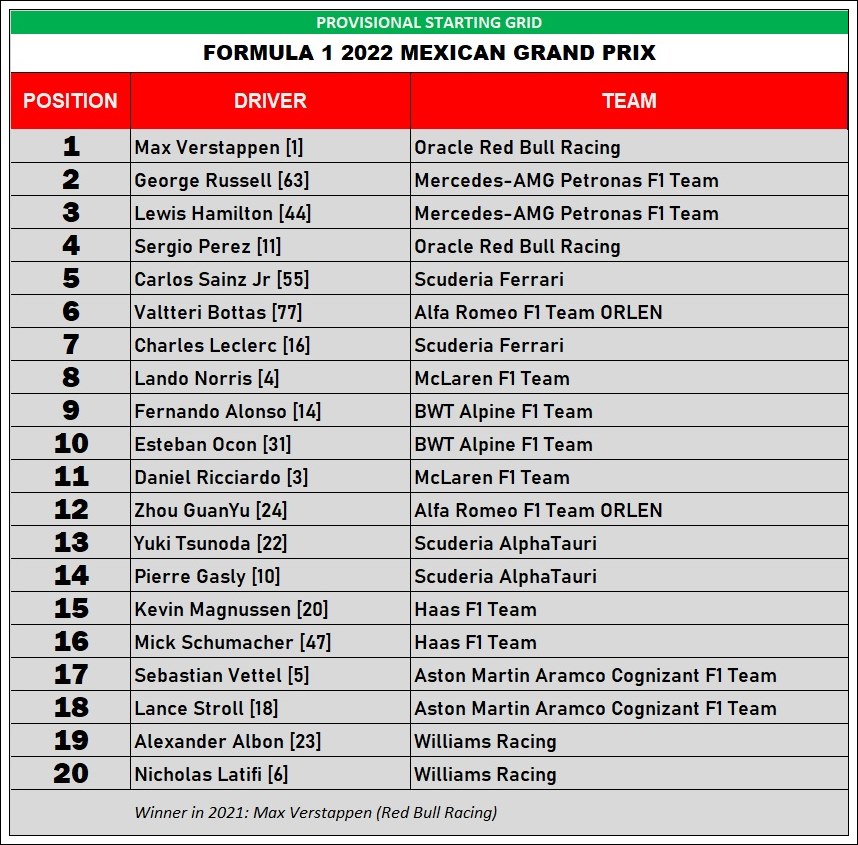
Following a dramatic race in at the US GP in Texas last weekend, Round 20 of the 2022 FIA Formula 1 World Championship continues in the western hemisphere in Mexico City, the 22nd time a F1 round has been held in Mexico. Every race in the country has been held at the circuit now known as the Autodromo Hermanos Rodriguez, named in honour of the country’s racing drivers, Ricardo and Pedro Rodriguez.
This circuit in particular is special to Honda because it was the first Japanese team to win a Formula 1 race in the 1965 event. While it did not participate as a factory team later on, it was an engine supplier and contributed to the victories of Williams (1987) and McLaren (1988-1989) in the Mexican rounds of the championship. And it is also associated in the same role with Red Bull Racing, which will be the 2022 World Champion.
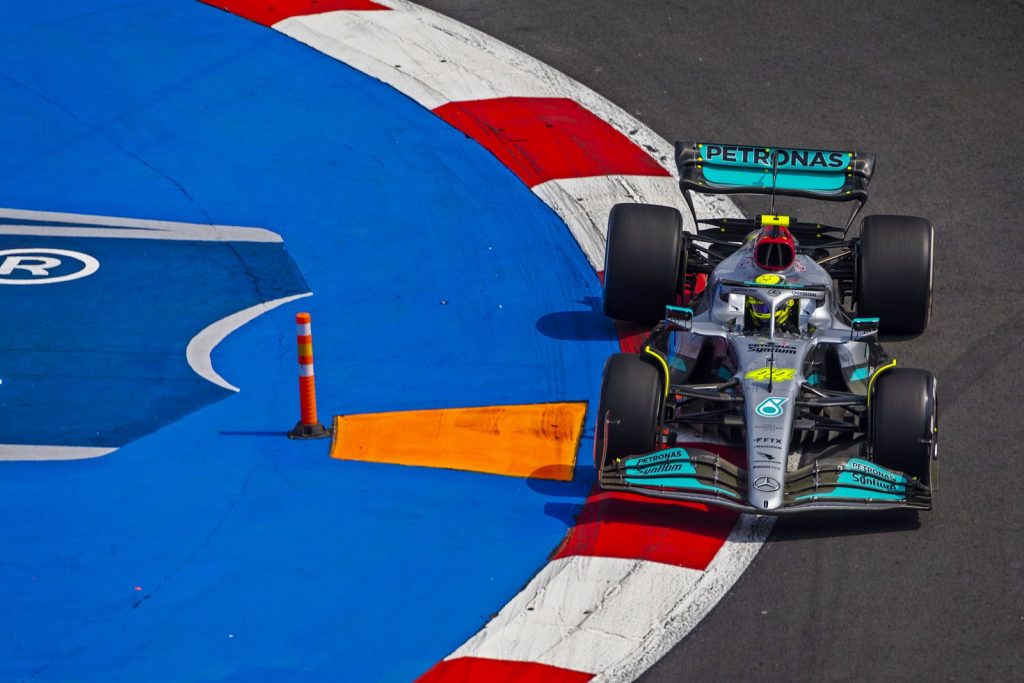
The circuit, which is the third shortest this year at 4.304 kms per lap, has unique environment conditions with the high altitude and low air density. At 2,385 metres above sea level, it is situated at the highest altitude of any circuit and that’s 5 times higher than the height of the Petronas Twin Towers. This means the air is thinner (by about 25%) so the operating conditions are unlike other tracks. This is where forced induction is vital to avoid the loss that naturally-aspirated engines suffer due to less air being available.
With the thin air, the air less molecules and therefore transports less energy away from hot systems like the Power Unit and brakes. Therefore, cooling is a big challenge and different bodywork is required to prevent overheating.
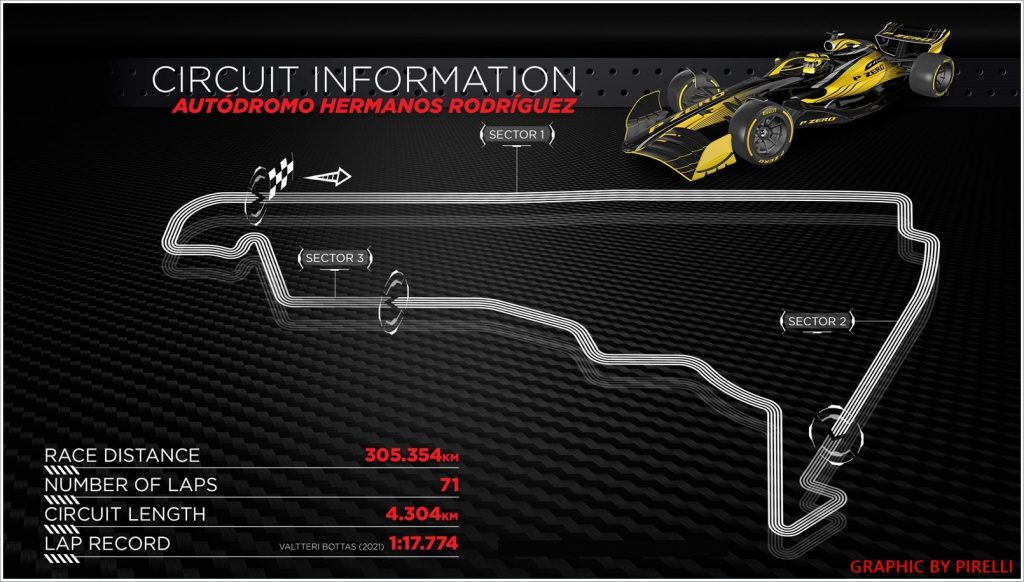
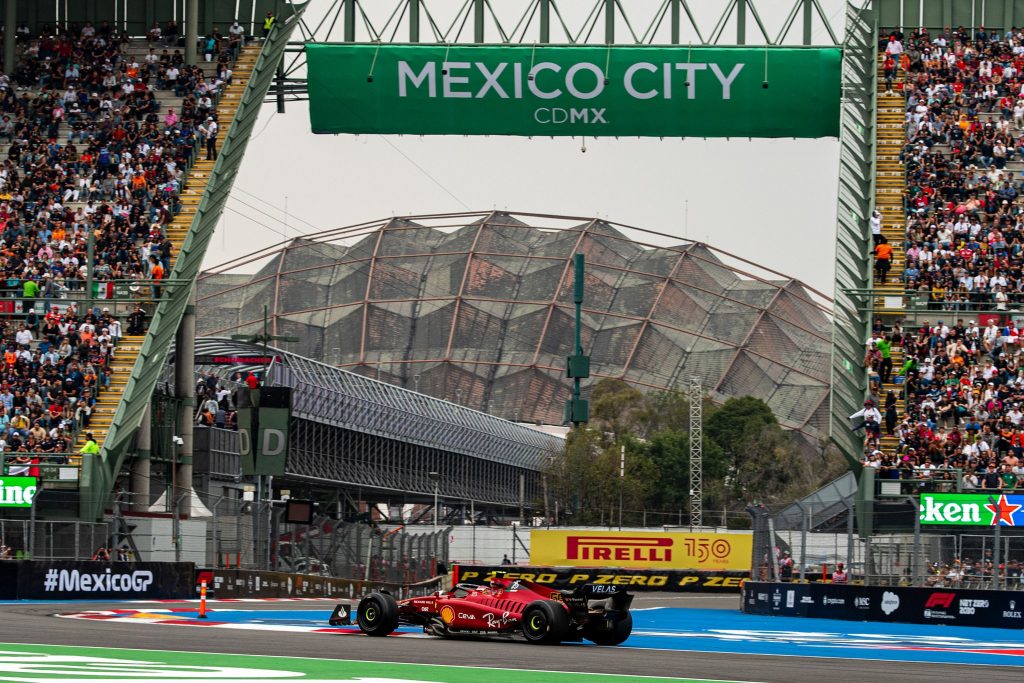
Low air density means generating downforce is more difficult and teams will run their maximum downforce configurations this weekend, Also, the lack of downforce, in combination with smooth track surfaces causes cars to slide more, and places greater stress on the front tyres. With this year’s ground effect floors, it’s going to be interesting to note the impact on downforce compared to last year.
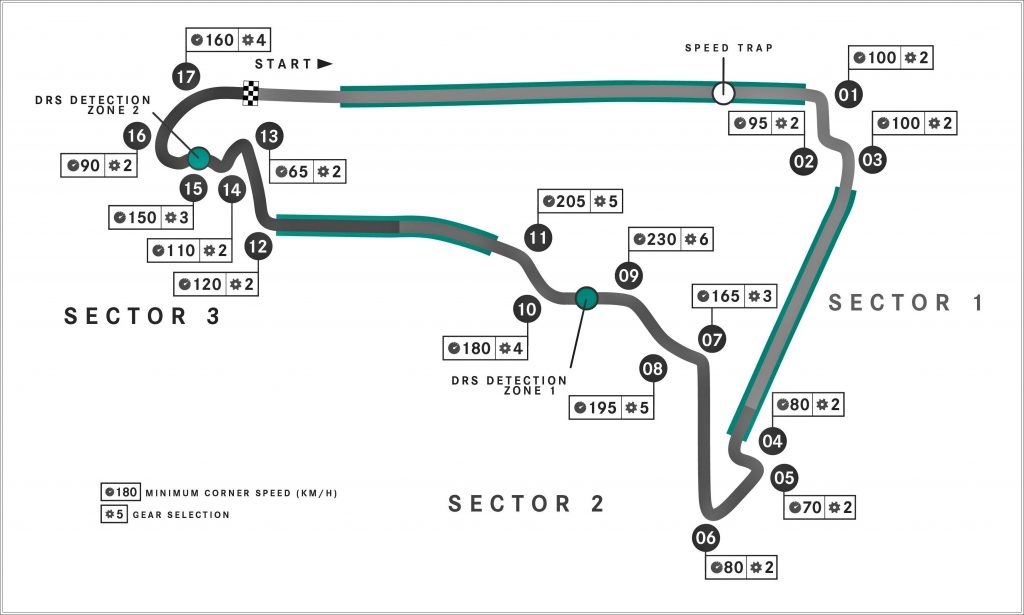
“Mexico is a completely different challenge to the two races that came before it,” said Mario Isola, Pirelli’s Motorsports Director. “Over the course of a season, our tyres have to cope with a wide variety of conditions depending on the individual characteristics of each venue. If you look back at the last two races, Suzuka was all about lateral forces and Austin was well-balanced aerodynamically, but Mexico this weekend focuses on traction and braking.”

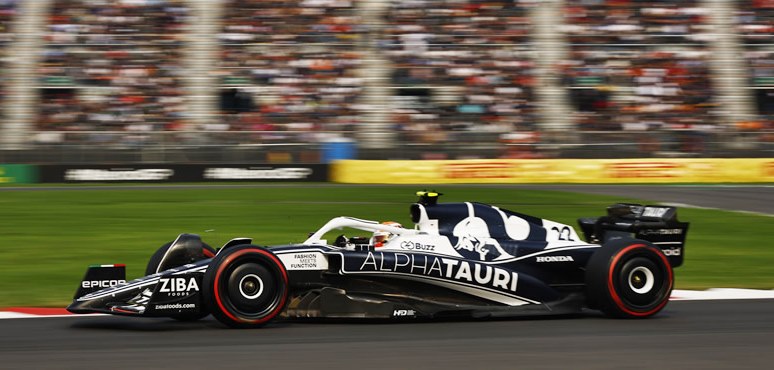
Isola noted that the Hermanos Rodriguez circuit does not offer a lot of grip and the energy demands on the tyres are reasonably low, as the cars do not generate much downforce, especially in slow corners. “This year, the circuit might be more front-limited, as the current generation of F1 cars tends to understeer through slow corners – which this circuit has plenty of – and this can lead to some sliding on the front tyres. Due to the nature of the venue, the circuit tends to feature a dusty surface with plenty of track evolution,” he said.
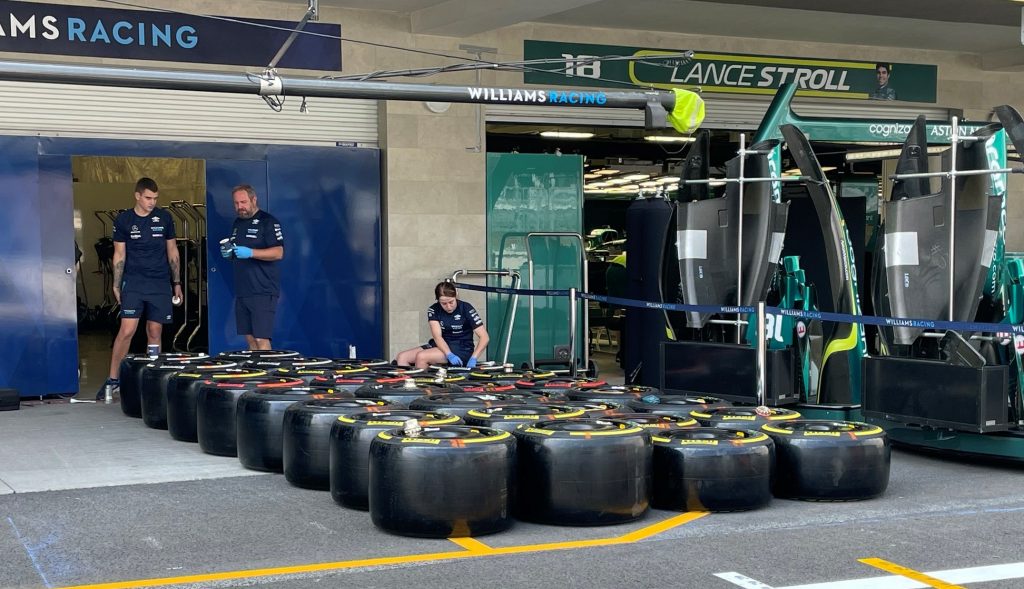
“There’s quite a lot of temperature variation during the day in Mexico, even in the space of a few hours, which affects thermal degradation: an important parameter that the teams will need to monitor. Understanding this and getting the tyre warm-up exactly right is likely to be the key to success,” he added.
While Sergio Perez would certainly be the one Mexicans will cheer the most for, F1 World Champion-designate Max Verstappen is the most successful driver at races in Mexico. He has 3 wins to date, while behind him are Jim Clark (1963 and 1967), Alain Prost (1988 and 1990), Nigel Mansell (1987 and 1992) and Lewis Hamilton (2016, 2019).
